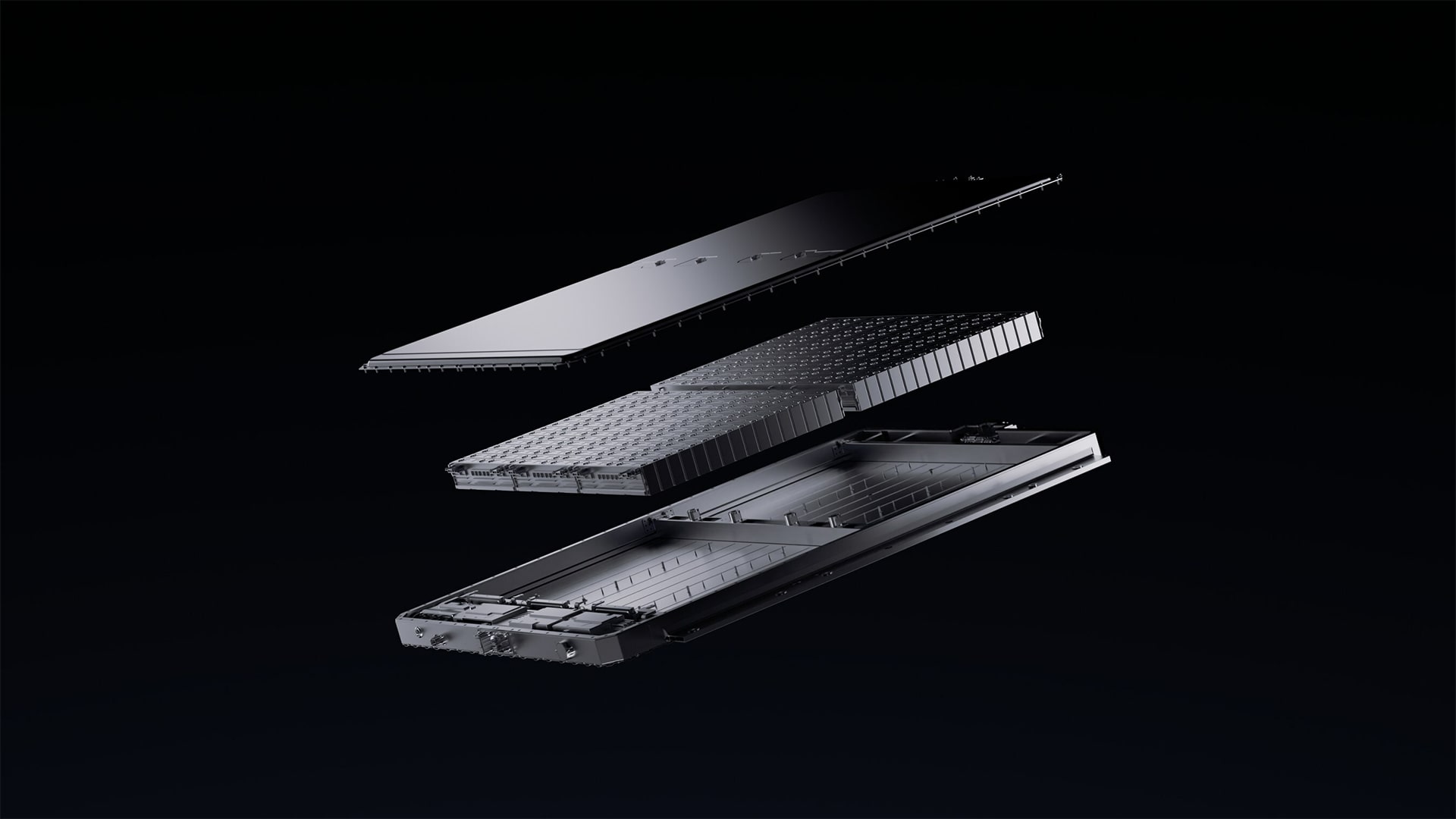China’s electric vehicle powerhouse BYD is emerging as a strong rival to CATL, the leading producer of EV batteries, by taking over as the top seller of a low-cost variety.
BYD has become the leader in moving lithium iron phosphate (LFP) batteries. This type is 20% to 30% cheaper than typical lithium-ion batteries made with nickel, cobalt, and manganese (NCM).
In the first half of the year, BYD commanded a leading 43.7% share among vehicles running on LFP batteries, according to data from the China Automotive Battery Industry Innovation Alliance. In the months between January and November, BYD held a 41.1% market share, besting CATL’s 33.9% share.
CATL has long supplied LFP batteries, but BYD has been penetrating the market. One strong advantage that BYD has is that it can use the batteries in its own vehicles.
In November, CATL managed to edge out BYD with a 36.5% market share for that month, setting the stage for a rivalry between leading suppliers.
CATL, short for Contemporary Amperex Technology, is the world’s top supplier of EV batteries. In China, CATL has a roughly 60% share in lithium-ion NCM batteries.
While LFP batteries are cheaper to produce than NCM batteries due to the use of iron and phosphorous, they have lower energy densities and extending driving ranges has been a challenge.
But in China, the volume of LFP batteries has overtaken NCM batteries since 2021. In the first 11 months of this year, LFP batteries accounted for nearly 70% of the 339.7 gigawatt-hours’ worth of batteries installed in vehicles overall.
BYD, CATL and other competitors are now focused on the EV industry’s shift to LFP in China, since being behind the curve will make or break a battery supplier’s fortunes.
The driving force behind BYD’s rise in the LFP space is the Blade Battery the company manufactures independently. Blade batteries are thin and lengthy, allowing for efficient space utilization for extra energy storage capacity.
During the Japan Mobility Show 2023 hosted in October, crowds gathered at BYD’s booth to view a display model of the Blade Battery. Toyota Motor has said it is also developing an LFP battery as a next-generation power source, underscoring the high level of interest in Japan.
BYD EVs and plug-in hybrids equipped with LFP batteries are now being delivered worldwide. BYD’s access to its battery supply has become a source of strength.
The Blade Battery-equipped BYD Seal sedan can run 700 kilometers on a single charge. This model adopts a distinctive design that integrates the battery to the vehicle structure, improving the strength of the body.
BYD’s high-end Denza model also utilizes the company’s LFP batteries. Some Hongqi vehicles, made by state-owned automaker China FAW Group, are equipped with BYD’s batteries as well.
It appears that BYD is steadily expanding battery sales to non-Chinese automakers as well. Joint venture FAW Toyota Motor procures batteries from BYD, and the two sides are also developing EVs.
CATL is not sitting idly by. At last month’s Guangzhou International Automobile Exhibition, the company displayed its new Shenxing supercharging LFP battery. CATL Chairman Robin Zeng Yuqun visited the booth to promote the battery.
The Shenxing can provide 400 km of driving range on a 10-minute charge.
“The driving range issue [with Chinese EVs] has basically been resolved,” said a CATL executive. “Consumers are interested in charging speeds.”
CATL plans to supply the Shenxing to at least five Chinese carmakers, including Avatr Technology, a startup backed by CATL. In November, CATL announced it is collaborating with European auto group Stellantis on LFP battery supply, and the partnership could result in a joint venture company.
The heated competition in low-cost batteries is impacting CATL’s earnings. Net profit in the July-September quarter rose 11% from a year earlier to RMB 10.4 billion (USD 1.45 billion), the slowest growth rate since first quarter 2022.
Other LFP rivals include CALB, China’s No. 3 supplier, and Gotion High-tech, which is financially backed by Volkswagen.
CATL has been subject to recent scrutiny regarding excess production capacity. During the first half, CATL utilized 60.5% of its capacity, well below the 81.3% from a year earlier. It faces the need to develop new customers for LFP batteries.
This article first appeared on Nikkei Asia. It has been republished here as part of 36Kr’s ongoing partnership with Nikkei.

